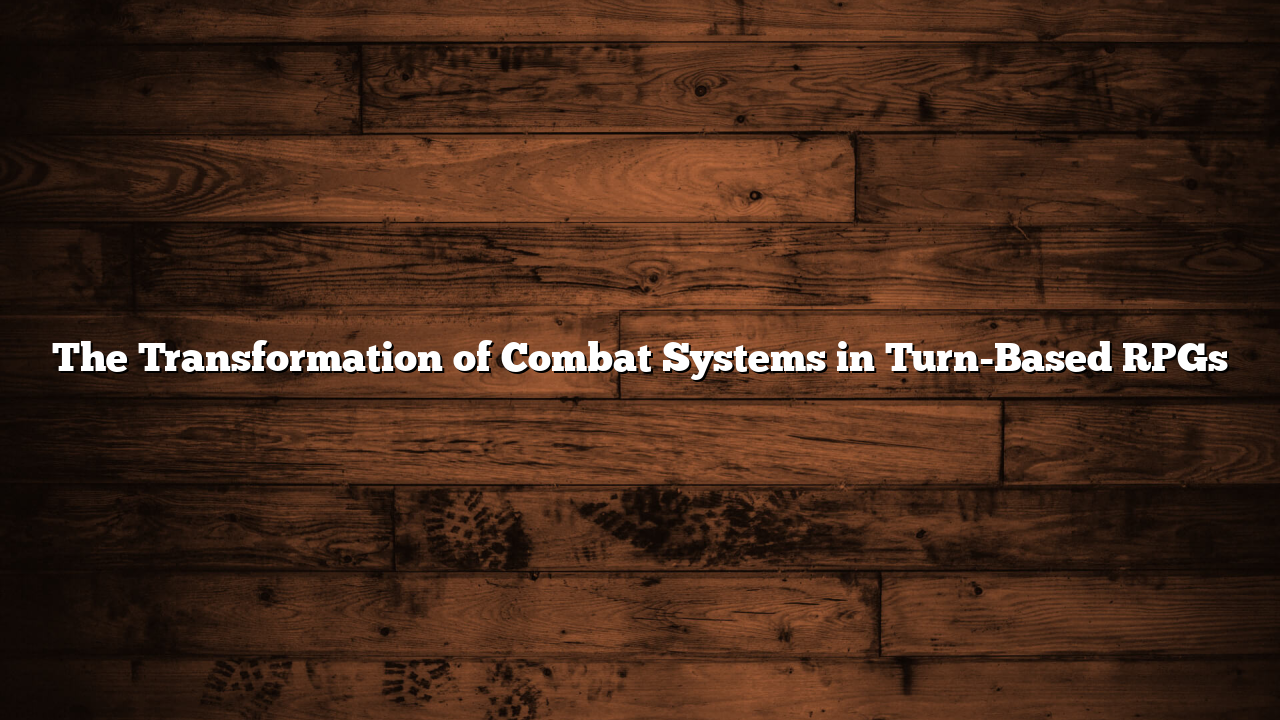Turn-based combat has been a cornerstone of RPG history since their earliest iterations. Initially inspired by tabletop role-playing mechanics, early digital rajatoto88 RPGs used simple menu-driven command systems where players selected attacks and spells. Games like Dragon Quest and Final Fantasy defined this approach, shaping conventions that would persist for decades.
As technology progressed, developers began exploring ways to modernize turn-based combat. Final Fantasy IV introduced the Active Time Battle (ATB) system, blending real-time urgency with strategic planning. This hybrid design set a trend for RPGs seeking to add pace and dynamism without abandoning turn-based fundamentals.
In the 2000s, new experimentation emerged. Titles like Shin Megami Tensei III: Nocturne refined turn-based combat through systems such as Press Turn, rewarding players for exploiting enemy weaknesses. Meanwhile, Pokémon continued evolving turn-based formats with competitive depth, balancing hundreds of creature types, abilities, and moves.
Recent RPGs show that turn-based combat remains relevant through innovation. Persona 5 streamlined decision-making with one-button shortcuts and stylish transitions, while Yakuza: Like a Dragon demonstrated that turn-based mechanics could coexist with modern, gritty storytelling. Indie titles like Undertale reimagined combat through bullet-hell dodging and moral choice, proving how adaptable the format can be.
The transformation of turn-based combat reflects the genre’s ability to innovate while honoring tradition. Its evolution continues as developers experiment with speed, style, and strategic complexity.
